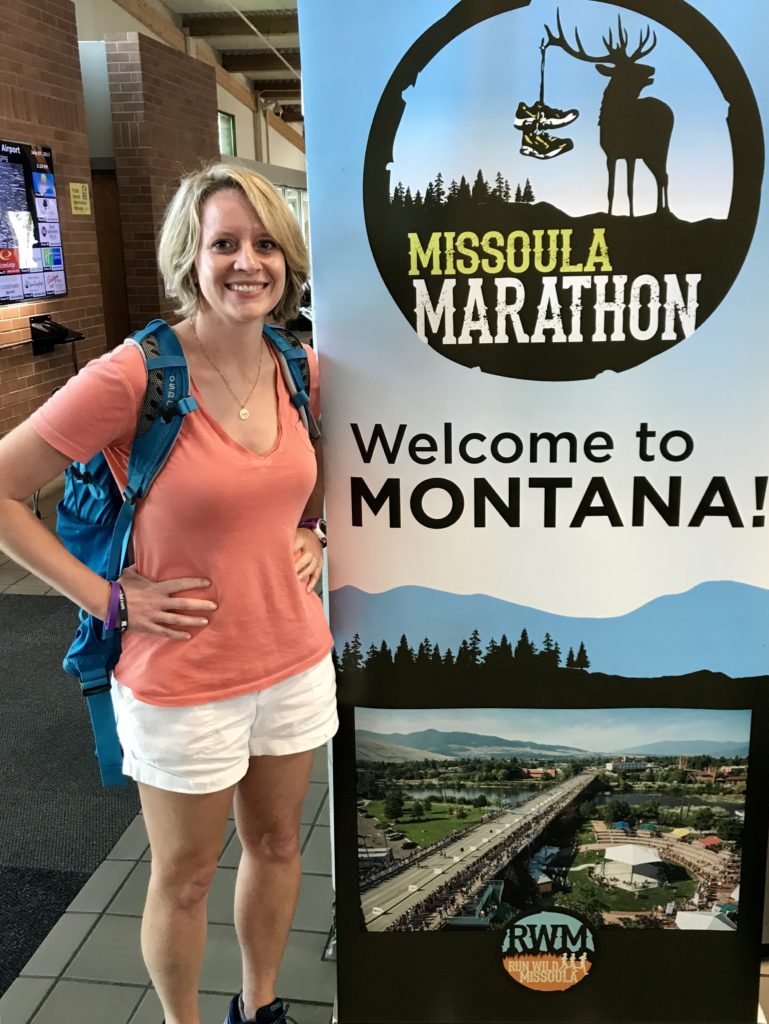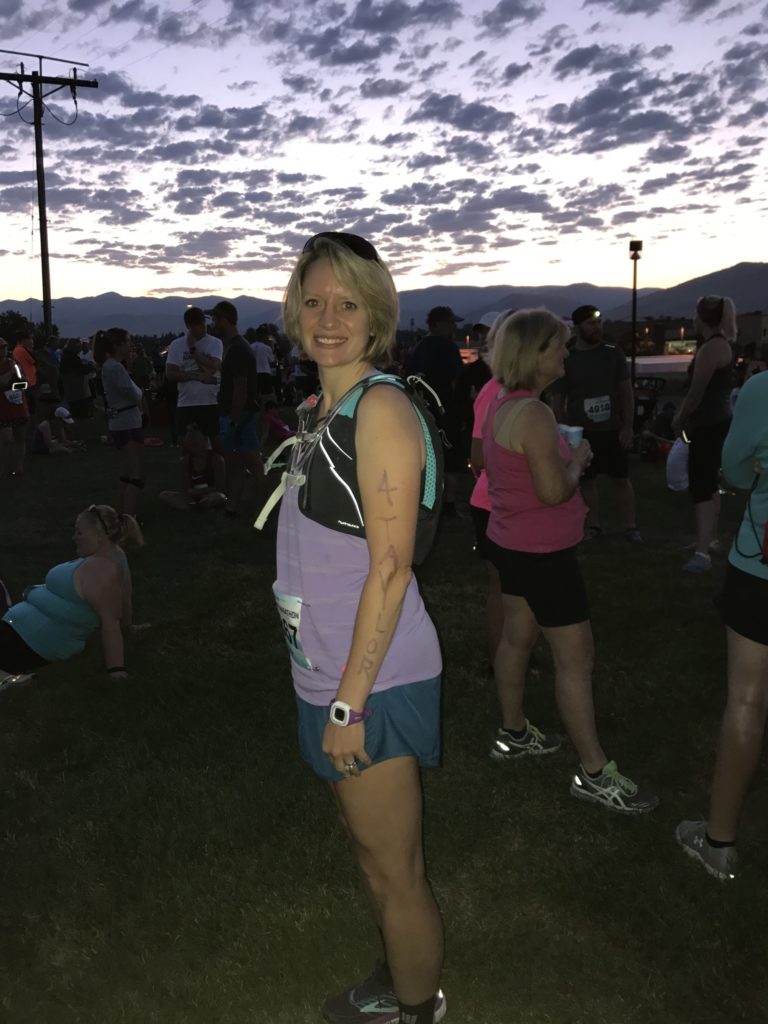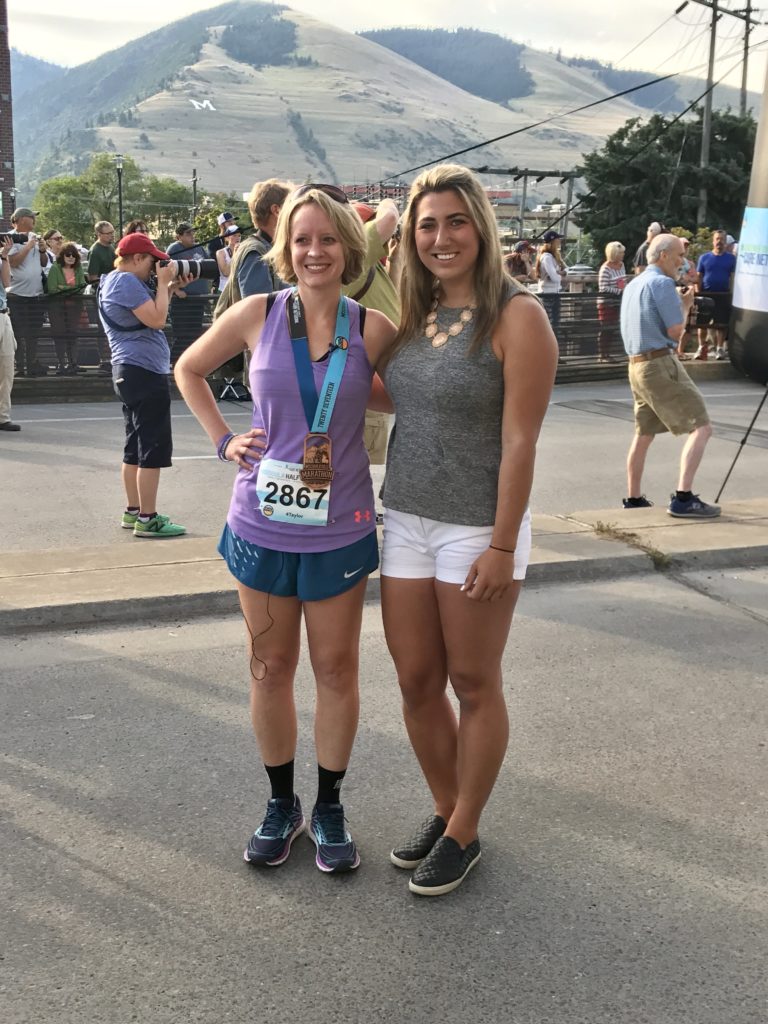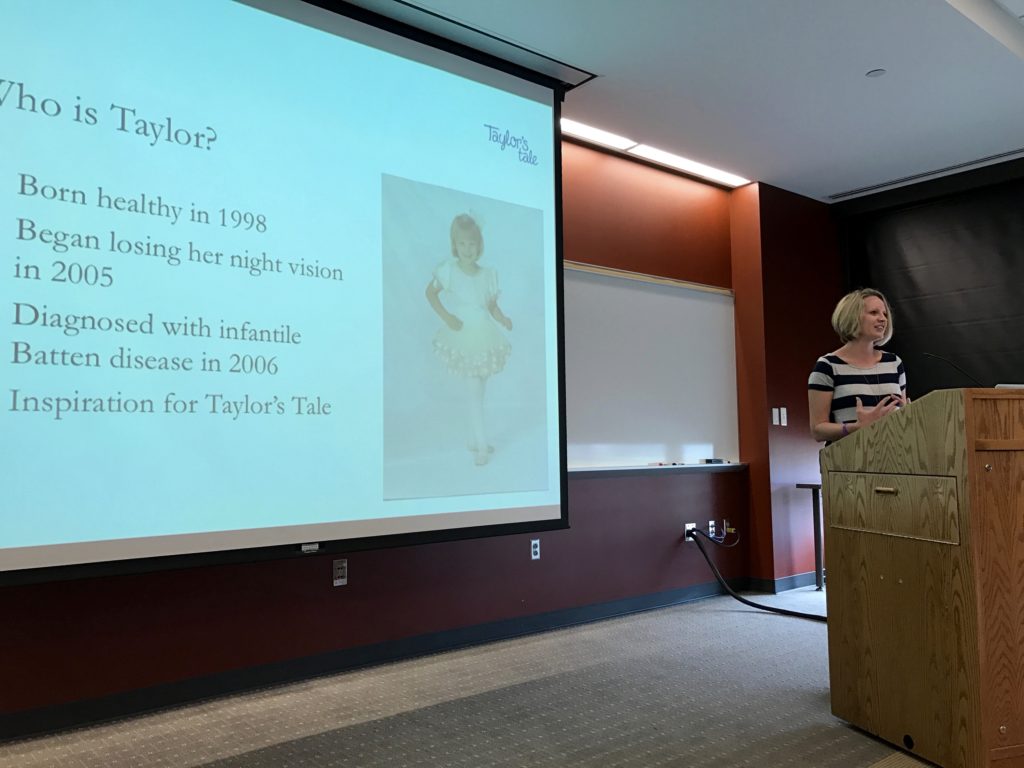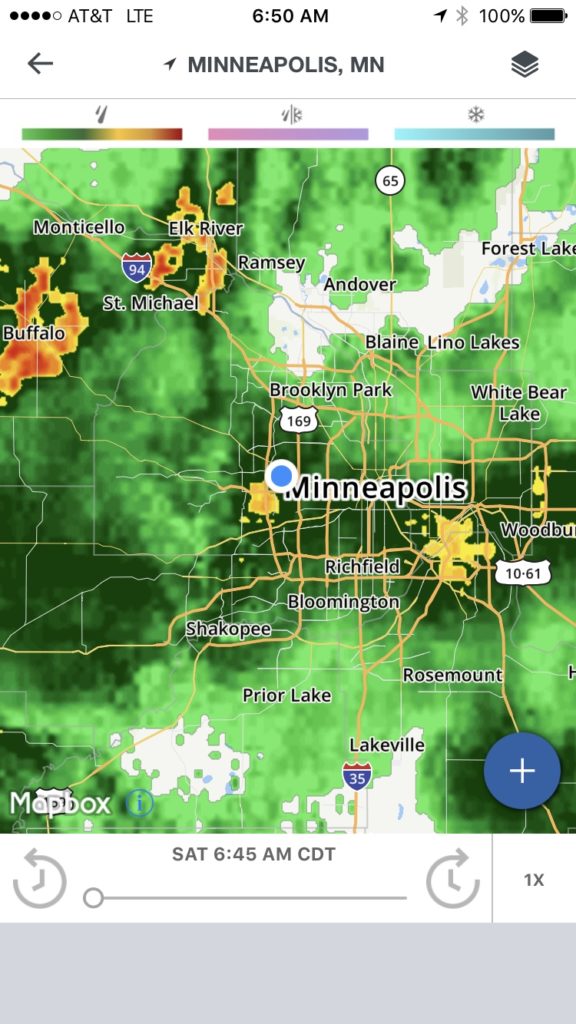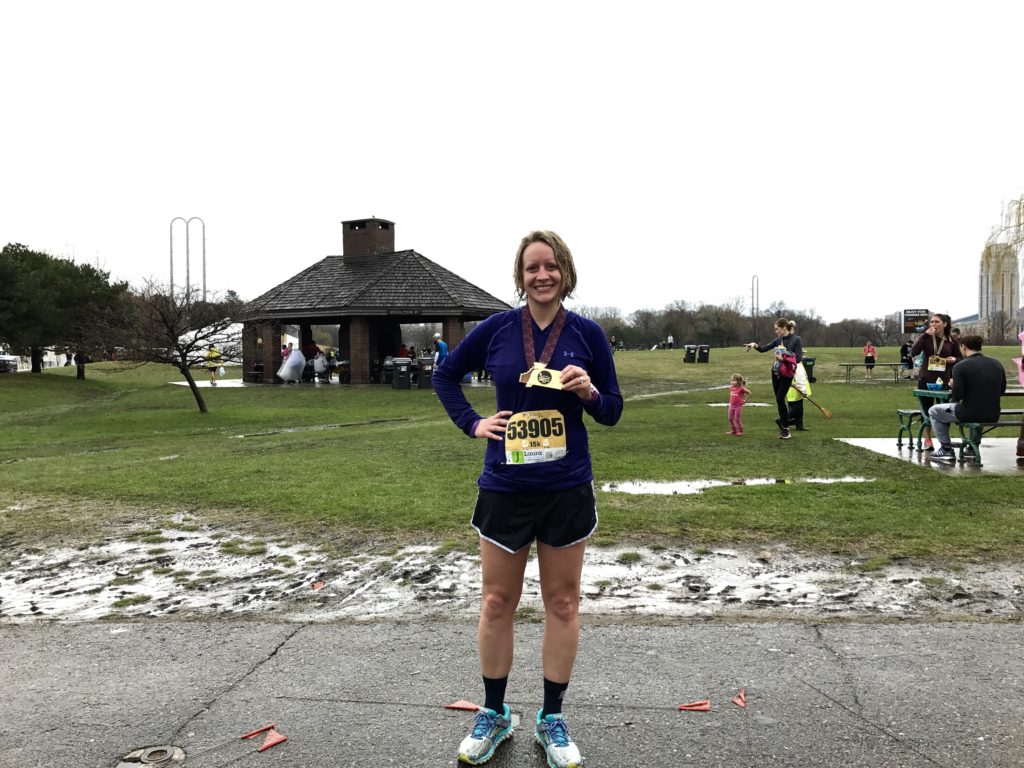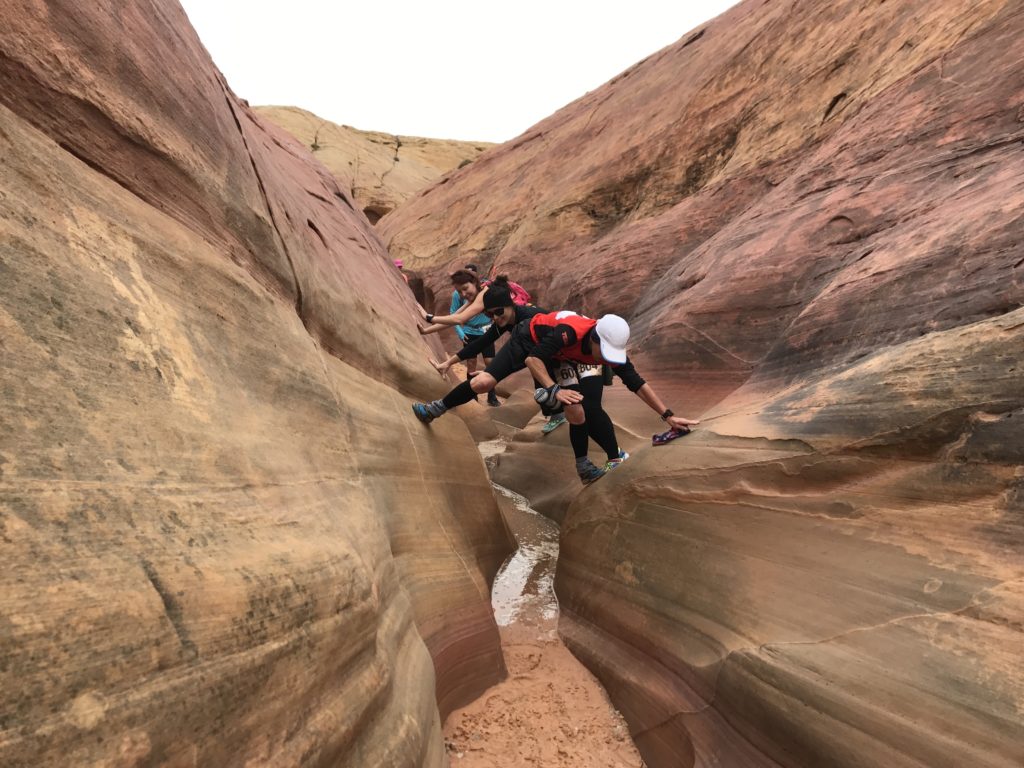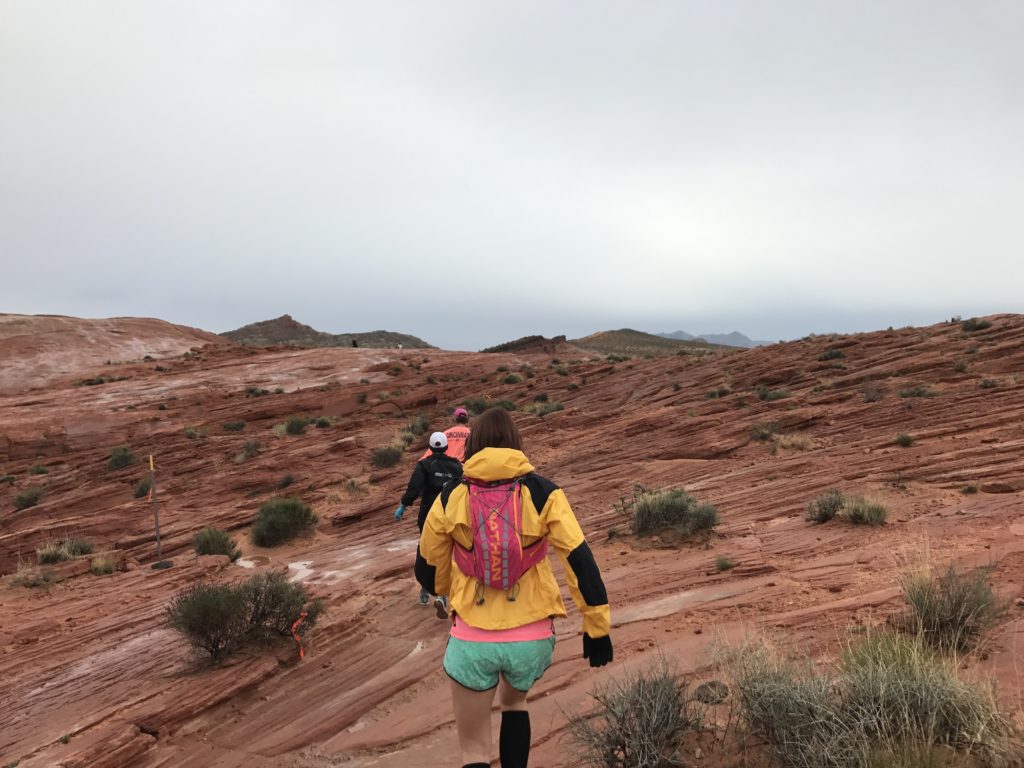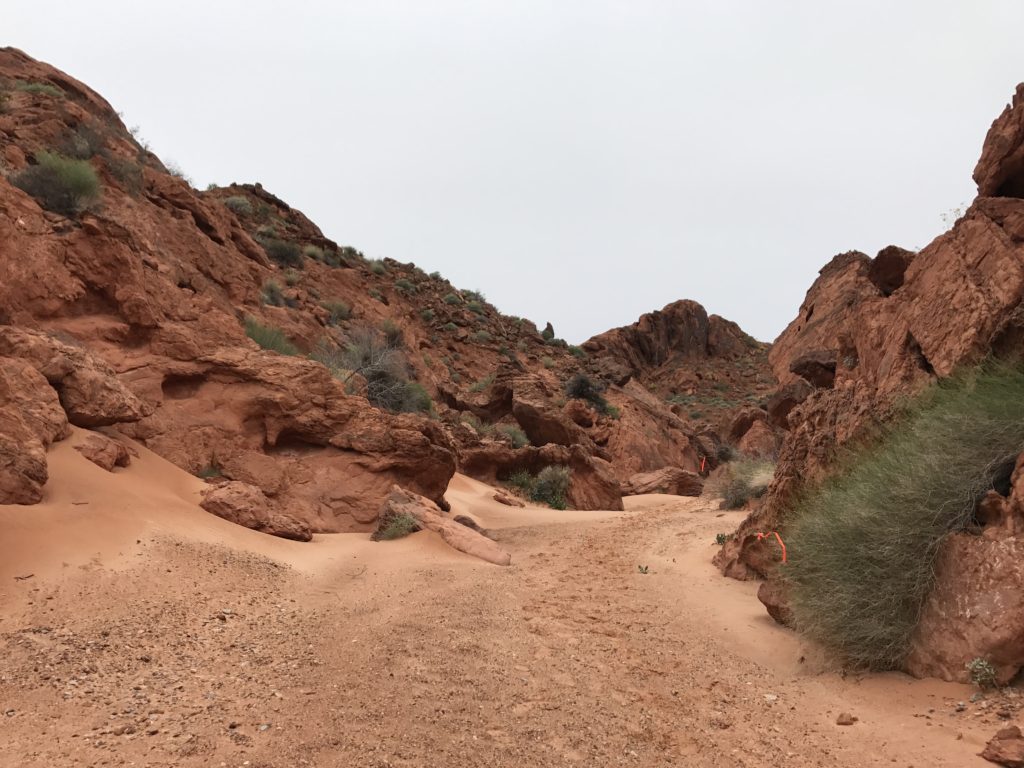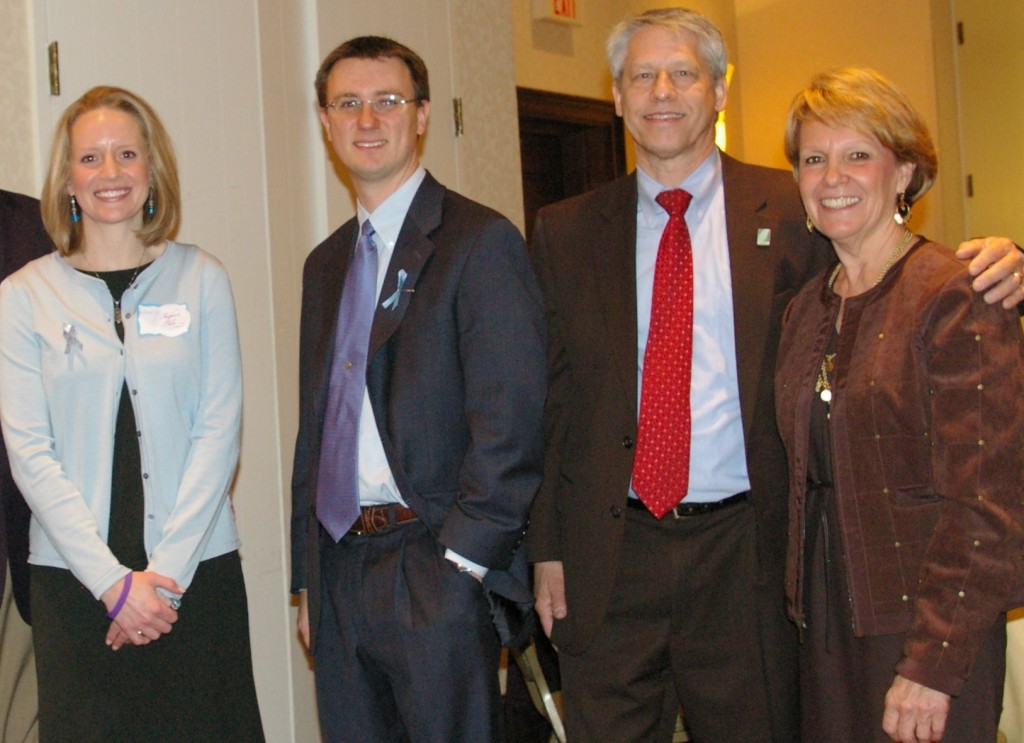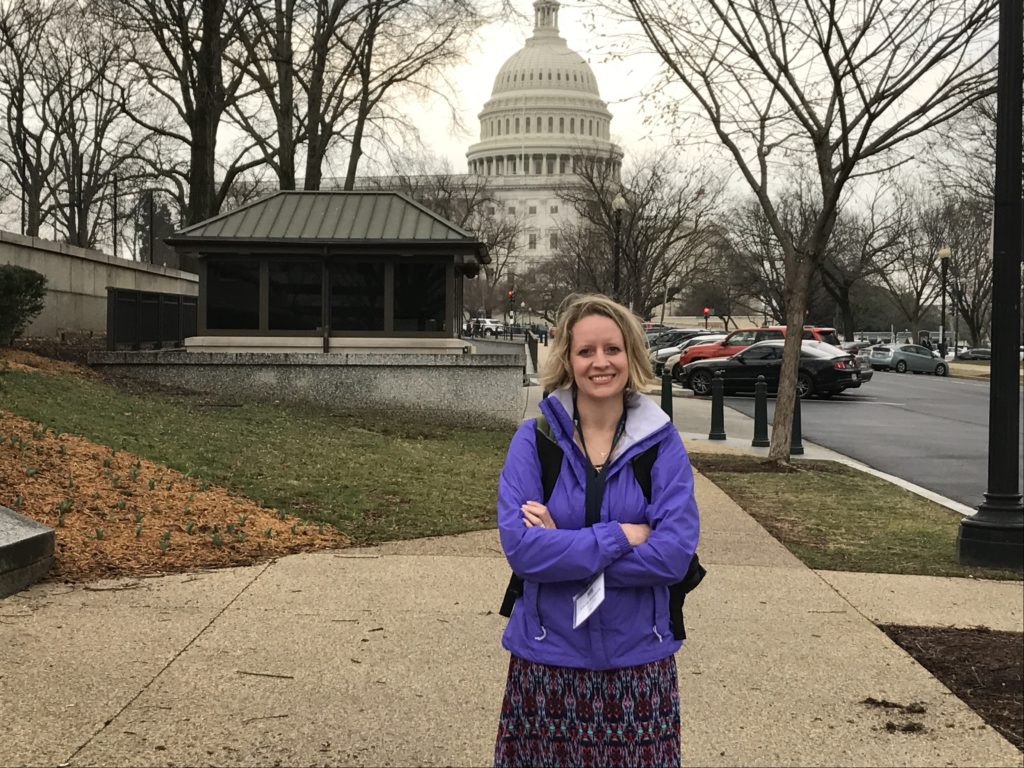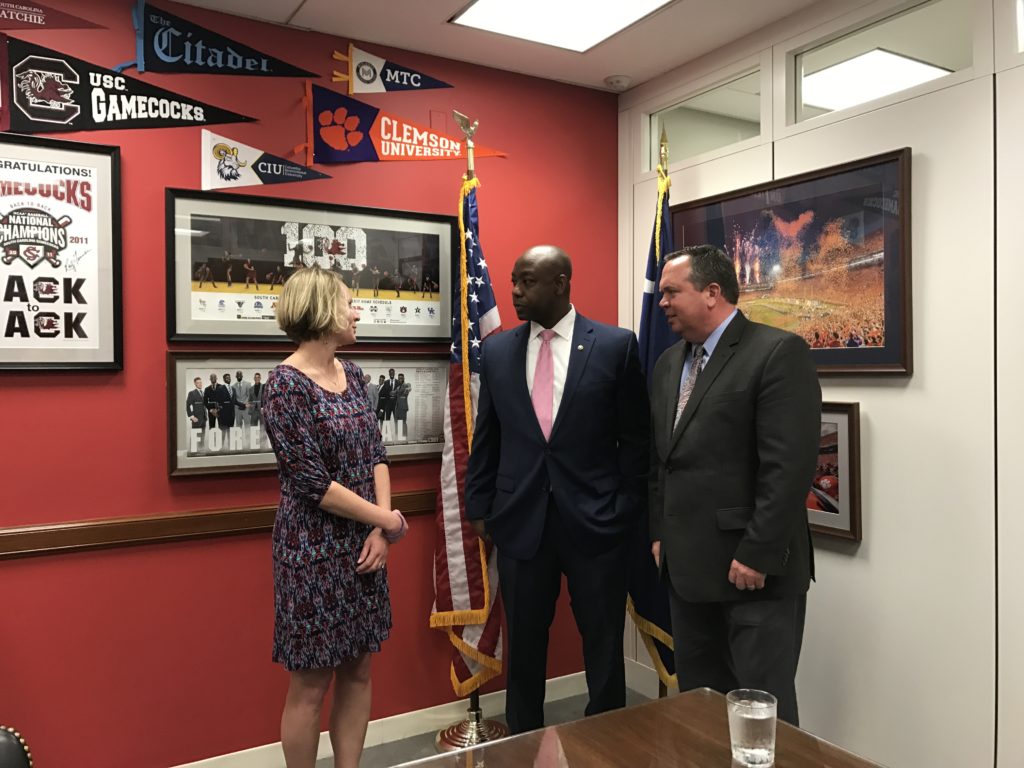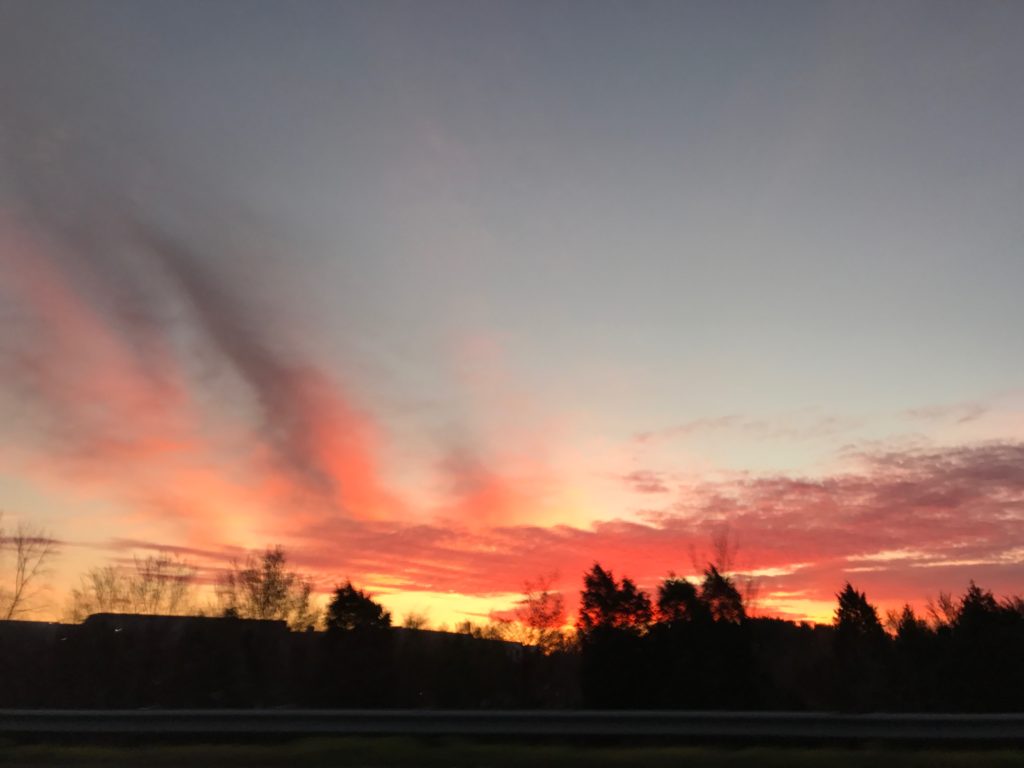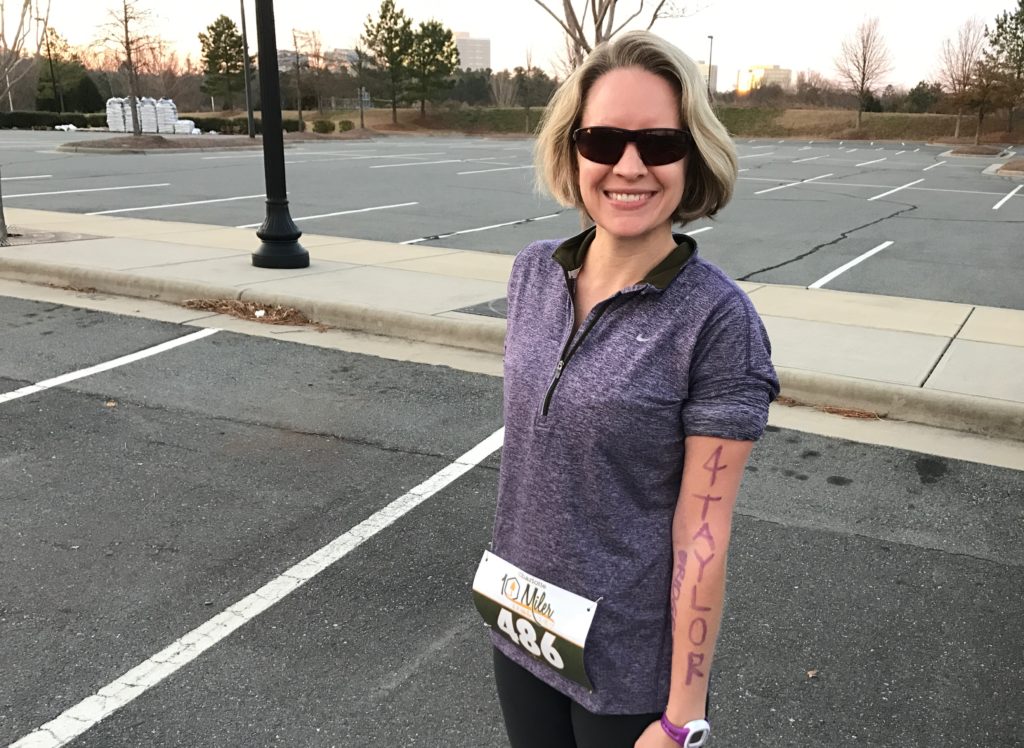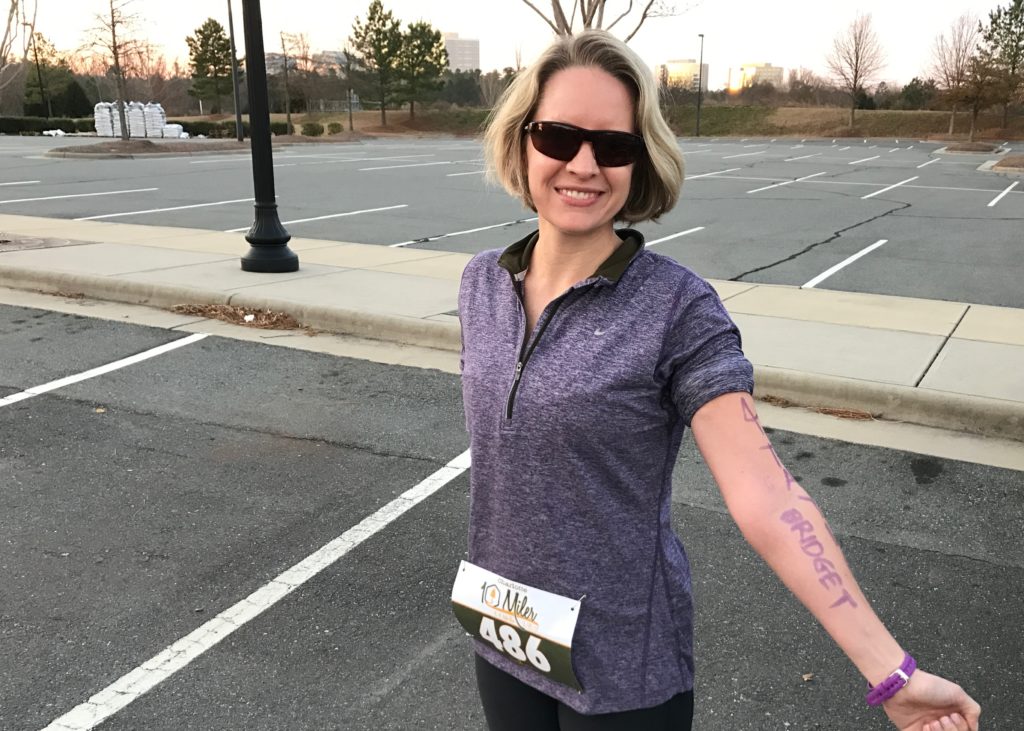Sweet Taylor…always a lover of fairy tales, princesses and Christmas.
While her mom wasn’t prepared for holiday decorations at the mall the day after Halloween, Taylor delighted in the magic of it all. It was NEVER too early for her.
When Batten disease claimed her vision, I worried that Taylor would be robbed of her Christmas joy, so I simmered oranges and spices on the stove to help her smell the Christmas she couldn’t see. Even though The Nutcracker was a family tradition, I struggled with buying tickets each year as the disease became more and more apparent. It’s a ballet…you have to be able to see it, right?
Looking back, I realize that Taylor never allowed Batten disease to steal the beauty or the meaning of the season. It wasn’t a problem for her, as it was for her mother. I think she held the lights and sparkle in her mind’s eye. As for The Nutcracker…even today, she wears a most lovely smile when the music begins. When I tell the Christmas story, she holds the wooden manger a friend made for her, and I believe she remembers.
“At one time most of my friends could hear the bell, but as years passed, it fell silent for all of them. Even Sarah found one Christmas that she could no longer hear its sweet sound. Though I’ve grown old, the bell still rings for me as it does for all who truly believe.” ~Chris Van Allsburg, The Polar Express
Oh, the things I’ve learned from Taylor about appreciating that which is most important, turning negative into positive, and believing in miracles and dreams come true. Ten years ago, I was told that any treatment for Taylor’s disease was so far off, it could not come in her lifetime and maybe not even in mine.
That dream of dreams should come true in 2018 with the start of a clinical trial. Children like Taylor will be given the gift of hope — hope made possible in part by the many people who support Taylor’s Tale.
Yet, while we are making real progress for so many children and their families, important work remains. Specifically, we seek to fund the development of the first Standard of Care plan for infantile Batten disease. This plan will address quality of life issues and help doctors and care teams manage infantile Batten disease. It remains crucial even as treatments become viable.
Batten disease has stolen much from Taylor and her family, but the sweet sounds of Christmas still ring clear and strong for us, as it does for all those who truly believe. Thank you for joining us in believing that a better life for children like Taylor will always be a gift worth fighting for.
Wishing you peace, hope and dreams come true in this holiday season and the New Year,

